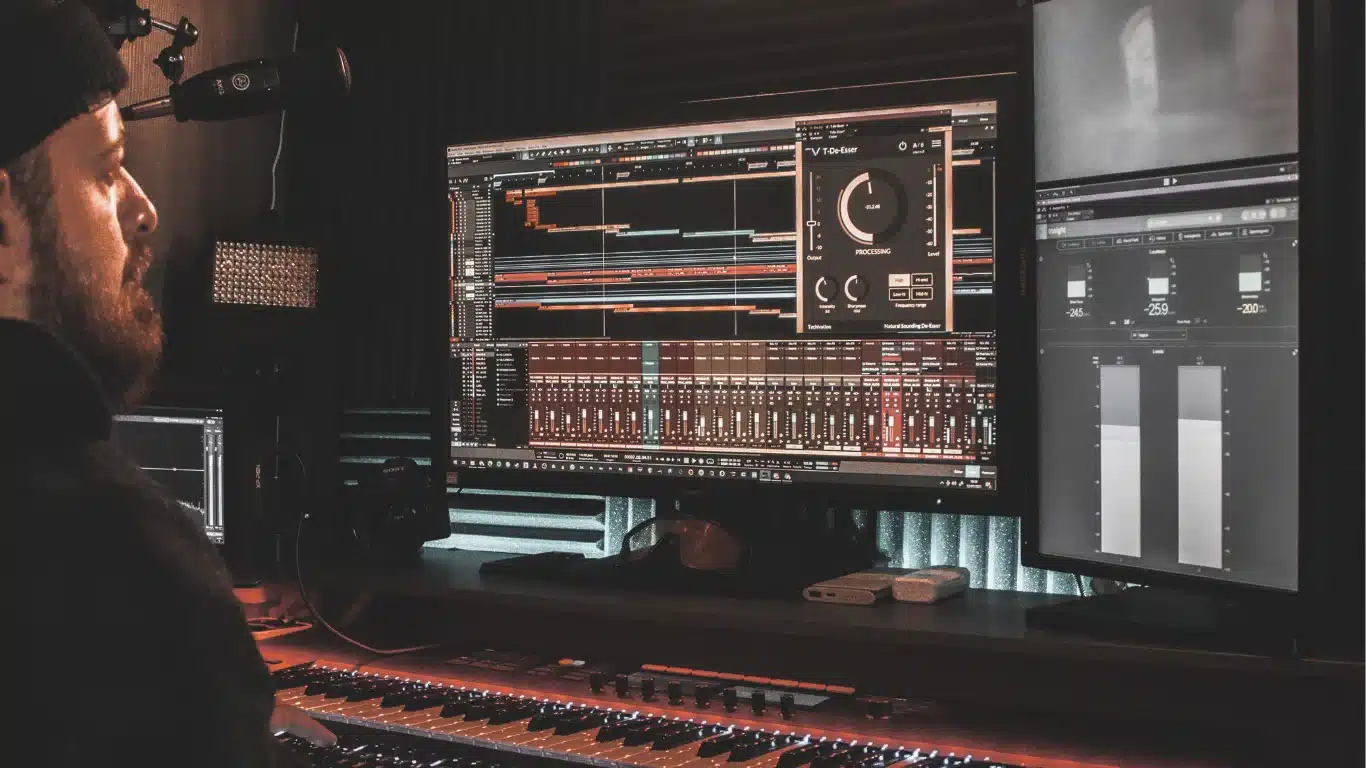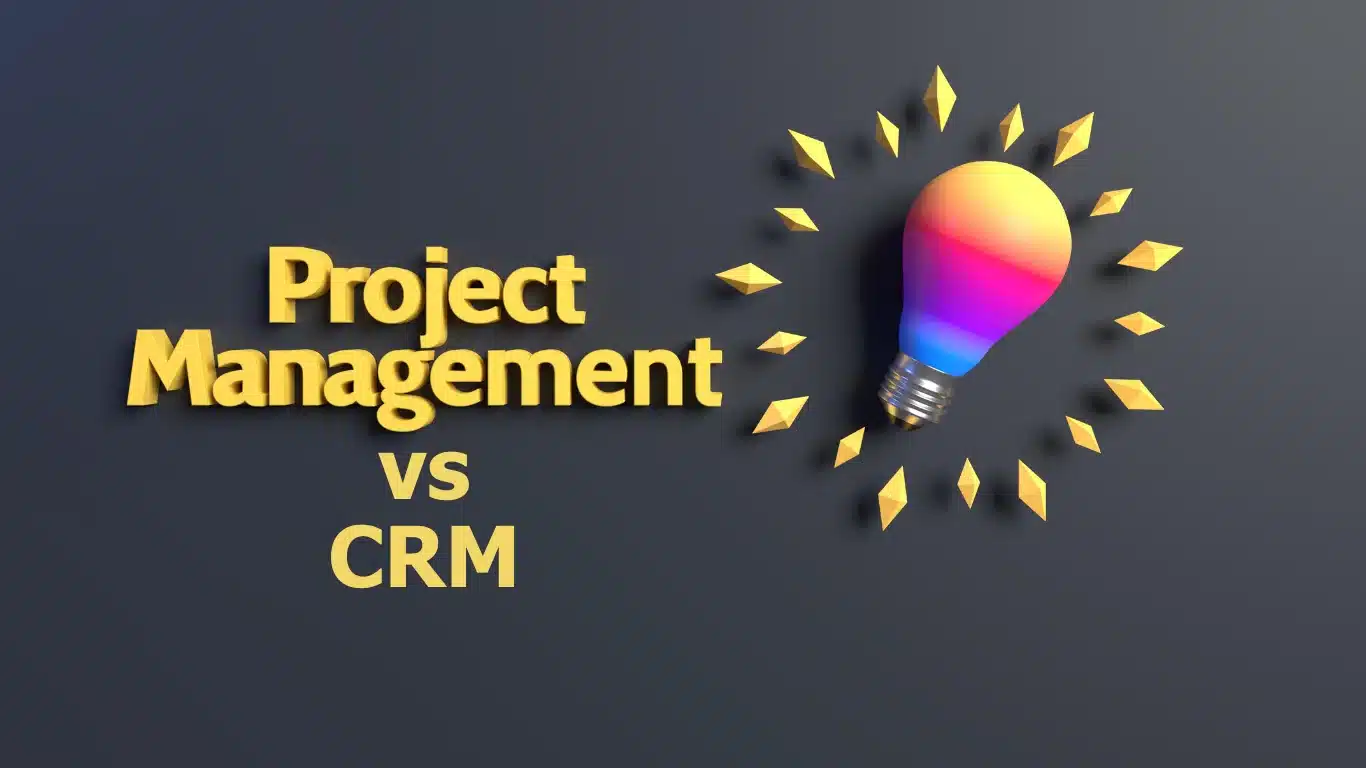Sound design in music production is more than just pushing buttons on a synthesizer or sampling pre-recorded sounds. The intricacies of sound and how they can be manipulated to create new, unique tones. It’s about shaping raw auditory elements into a cohesive, harmonious track that tells a story or conveys a particular emotion.
In this article, you’ll be guided through the fascinating world of sound design in music production. This guide will provide useful information and techniques to help you improve your proper design skills, whether you’re a seasoned producer or a newbie taking your first steps into the vast ocean of audio production.
What is Sound Design in Music Production?
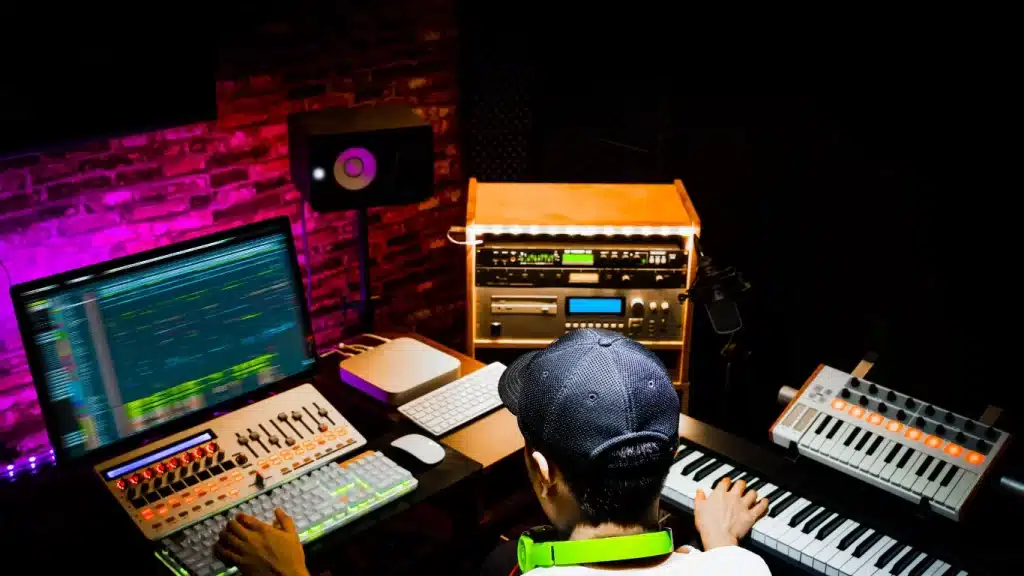
First, let’s delve into what sound design in music production truly encompasses. Sound design involves manipulating sound elements to achieve desired auditory special effects. This includes everything from creating individual sounds, such as a snare drum hit or a synthesized bass line, to the overall sonic texture of a piece of music.
Sound design is the secret ingredient in music production, giving a track its unique character. It’s what makes a song instantly recognizable, whether it’s the iconic distorted guitar riff in a rock anthem or the surreal, ethereal soundscape in a cinematic soundtrack.
But creative sound design isn’t just about creating catchy tunes or innovative sound effects. It’s also about understanding how different sounds interact with each other and how they can be arranged to evoke specific emotions or atmospheres. In short, sound design and sound editing is a powerful tool for musical storytelling.
The Importance of Sound Design in Music Production
Sound design is the art of music production. It’s what sets apart a memorable track from an average one. It provides depth, character, and emotion to a piece of music. But why is sound design so critical? The answer lies in the immense expressive potential of sound. Sound design allows a music producer to shape the listener’s emotional response, create sonic identities, and provide a unique auditory experience.
Moreover, sound design allows music producers to push the boundaries of what’s possible with audio. It encourages experimentation and innovation, leading to new genres and styles of music. In this sense, sound design is a technical skill and a form of creative expression.
What are the Key Elements of Sound Design in Music Production?
Several key elements make up the process of sound design elements in music production. These include timbre, pitch, volume, and spatial location.
- Timbre is a sound’s distinct character or quality that differentiates it from other sounds. Even playing the same note makes a piano sound very different from a guitar.
- Pitch is the perceived frequency of a sound. It’s what we refer to when we talk about high or low notes.
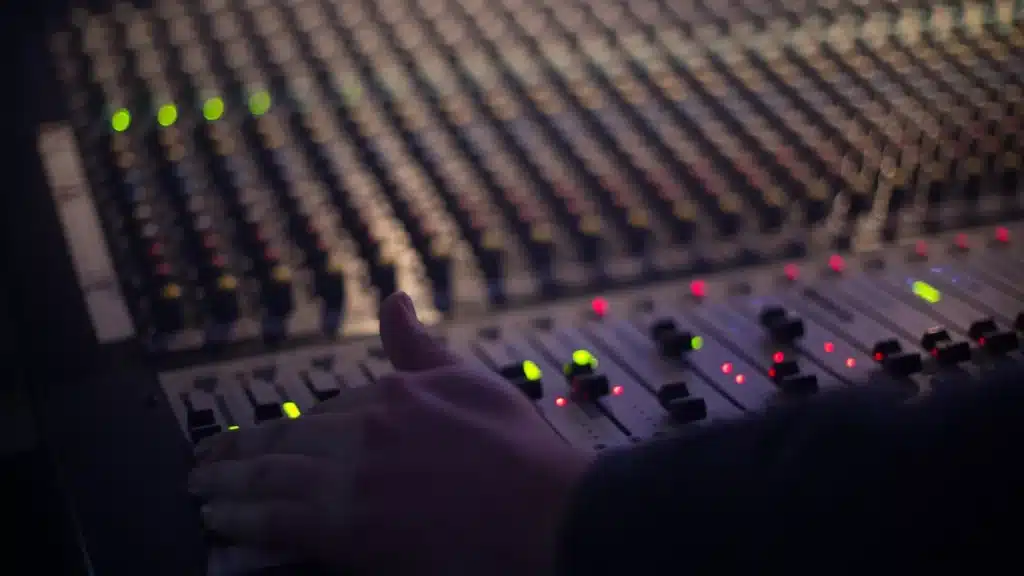
- Volume, or loudness, is the intensity of the sound heard. It is an essential tool for shaping the dynamics and energy of a piece of music.
- Lastly, spatial location refers to the perceived position of a sound in a stereo or surround sound field. It is essential in creating a sense of depth and space in a mix.
What are the Techniques Used in Sound Design?
Numerous techniques are used in sound design, each with unique applications and effects.
Synthesis, for instance, is the process of generating sound electronically using synthesizers. It is a versatile approach that can produce a broad spectrum of sounds, from accurate acoustic instrument imitations to strange, alien-like noises. Meanwhile, sampling involves recording and manipulating a sound digitally, including stretching, compressing, looping, or layering it with other sounds. Sound processing, such as equalization, compression, and reverb, is used to shape and refine the sonic characteristics of a sound. These techniques enhance a sound’s clarity, punch, and spatial quality.
Sound Design Tools for Music Production
Many tools are available for sound design in music production, including software synthesizers, samplers, audio effects plugins, and digital audio workstations.
- Software synthesizers, or soft synths, are computer programs that generate sound. They offer various synthesis methods, from traditional analog-style synthesis to more complex and experimental forms like granular and spectral synthesis.
- Samplers allow you to record, manipulate, and playback audio samples. They help create realistic instrumental sounds or integrate field recordings and found sounds into your music.
- Audio effects plugins are tools that process sound in various ways. They can add distortion, delay, reverb, pitch shifting, and many other effects to your sounds.
- Finally, digital audio workstations, or DAWs, are software applications that provide a complete production environment for recording, editing, mixing, and mastering music.
How to Improve Your Sound Design Skills in Music Production?
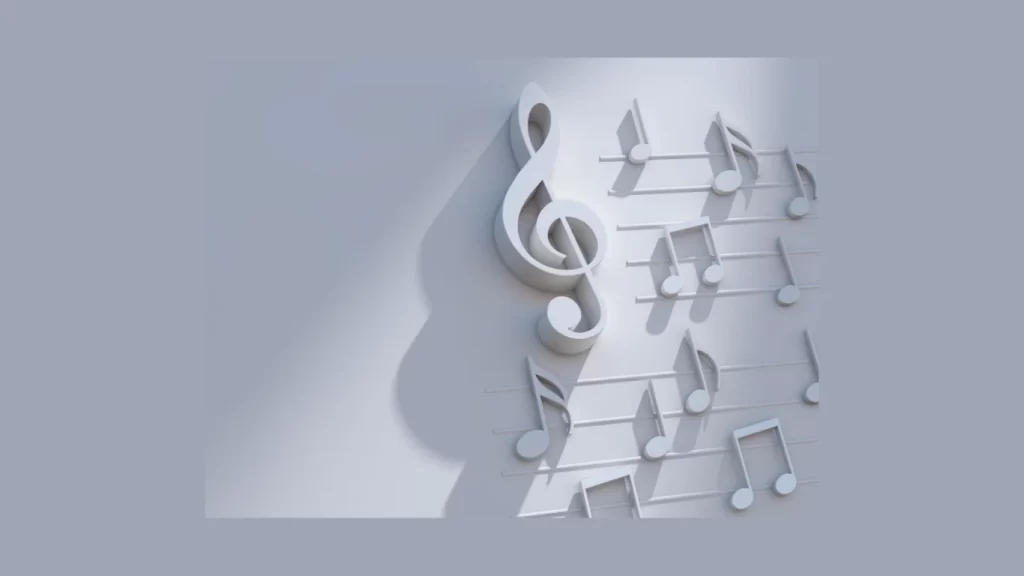
Improving your sound design skills in music production requires theoretical knowledge, practical experience, and creative exploration. Start by learning the basics of sound and acoustics. Understand the physical properties of sound and how our ears perceive it. Next, familiarize yourself with the tools and techniques of sound design. Experiment with different synthesizers, samplers, and effects. Learn how to shape and manipulate sound to achieve the desired result.
Finally, always be open to experimentation and exploration. Sound design is a vast and endlessly fascinating field. There is always something new to discover, a new technique to learn, and a unique sound to create. Embrace the journey, and remember that your imagination is the only limit to what you can create with sound design.
FAQ
What are the 5 Elements of Sound Design?
The process of sound design in music production can be split into five key elements: timbre, dynamics, pitch, rhythm, and space. Understanding these components is crucial in creating compelling and immersive soundscapes.
What does a Sound Designer do during Production?
During the production, the role of a sound designer is pretty vast. They are responsible for creating, recording, and manipulating audio elements, often working closely with the music producer and other team members to align the sound design with the overall artistic vision.
What is a Sound Designer in the Music Industry?
In the music industry, a sound designer is a creative professional specialising in the creation and manipulation of audio elements. They work closely with musicians, producers, and engineers, contributing significantly to the overall sound and feel of a track or album.
What is Sound Design vs Sound Mixing?
While sound design and sound mixing both play crucial roles in music production, they serve different purposes and require distinct skill sets. Sound design involves creating and manipulating audio elements to craft a unique sonic environment. It’s about innovation and creativity, exploring the limitless possibilities that sound offers. On the other hand, sound mixing is the process of balancing and blending all the individual tracks in a song to create a cohesive and harmonious whole. It involves adjusting levels, panning tracks, and applying effects to ensure that each element sits well within the mix.
Conclusion: The Future of Sound Design in Music Production
As we look towards the future, sound design’s role in music production will likely become even more prominent. Advances in technology are continually expanding the possibilities for creating and manipulating sound, from immersive 3D audio experiences to AI-generated music.
But despite these technological advancements, the essence of sound design remains the same. It is about understanding the language of sound and using it to tell a story, evoke emotions, and create unique auditory landscapes. So whether you’re a seasoned professional or a budding music producer, investing in your sound design skills can open a world of creative possibilities. Remember, sound design is not just a technical skill but a form of artistic expression. Keep exploring, keep experimenting, and let your creativity soar.

